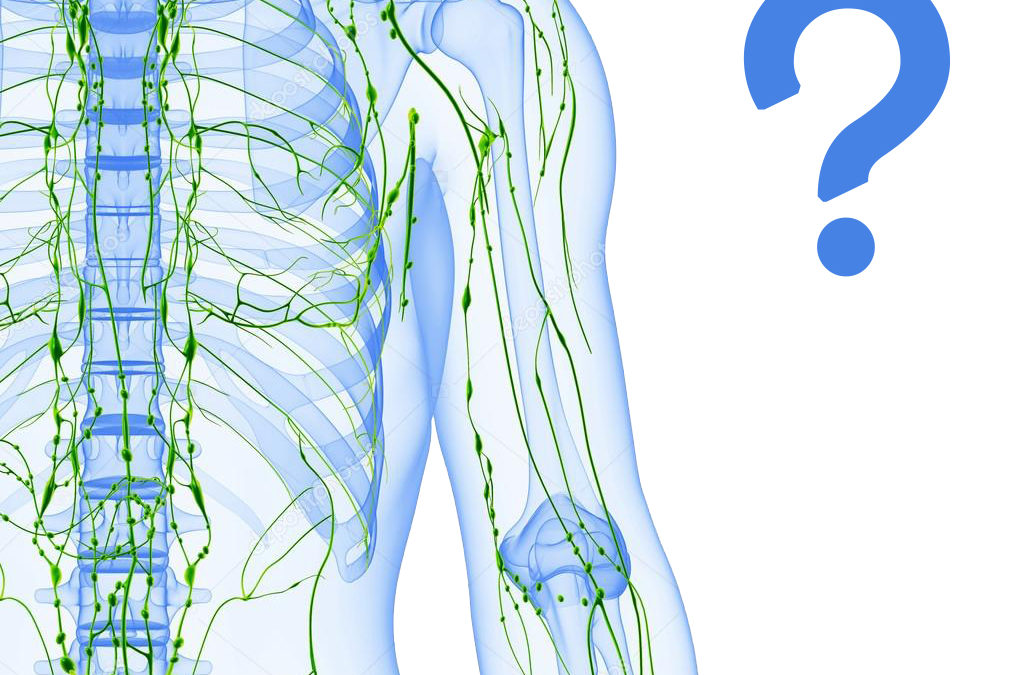The lymphatic system doesn’t get much attention, but it is a vital part of the immune system and is responsible for keeping the body’s fluid levels in balance. It consists of a network of lymphatic nodes, lymphatic capillaries, lymphatic vessels and valves that transport and clean lymph fluid from around the body. It is the body’s “drainage system”.
The lymph capillaries and vessels carry lymph fluid in an upward motion around the body, assisted by valves which prevent the fluid from flowing backwards. The fluid is a clear, watery liquid that is made up of proteins, glucose, salt and white blood cells. It is formed when the interstitial fluid is collected by the lymph capillaries.
The lymphatic system protects the body from threats like infections, bacteria and cancer cells. These microbes, cancer cells and toxins enter the lymph fluid and the fluid then gets trapped inside lymph nodes where the white blood cells attempt to destroy them. The harmful microbes get filtered out and the lymph fluid is cleaned and is then emptied into the subclavian veins to combine with the rest of the blood.
The lymphatic system differs from the circulatory system because it doesn’t have a pump, so it relies on the movement of our muscles and joints to work properly. When the lymph is not being pumped sufficiently we can experience poor immunity and an imbalance in fluid.
So, how does the lymphatic system become stagnant and blocked?
To be continued in part 2…
Source







